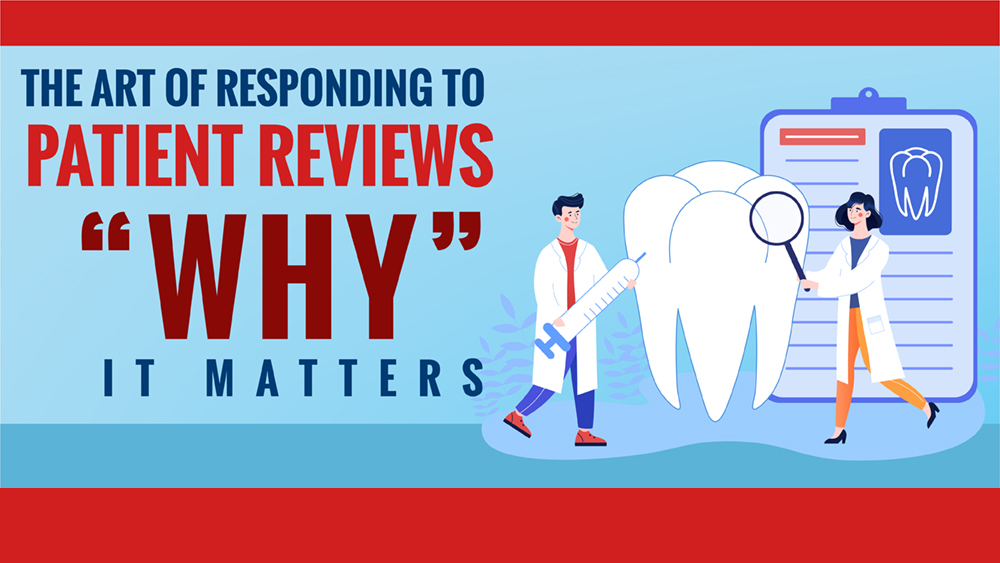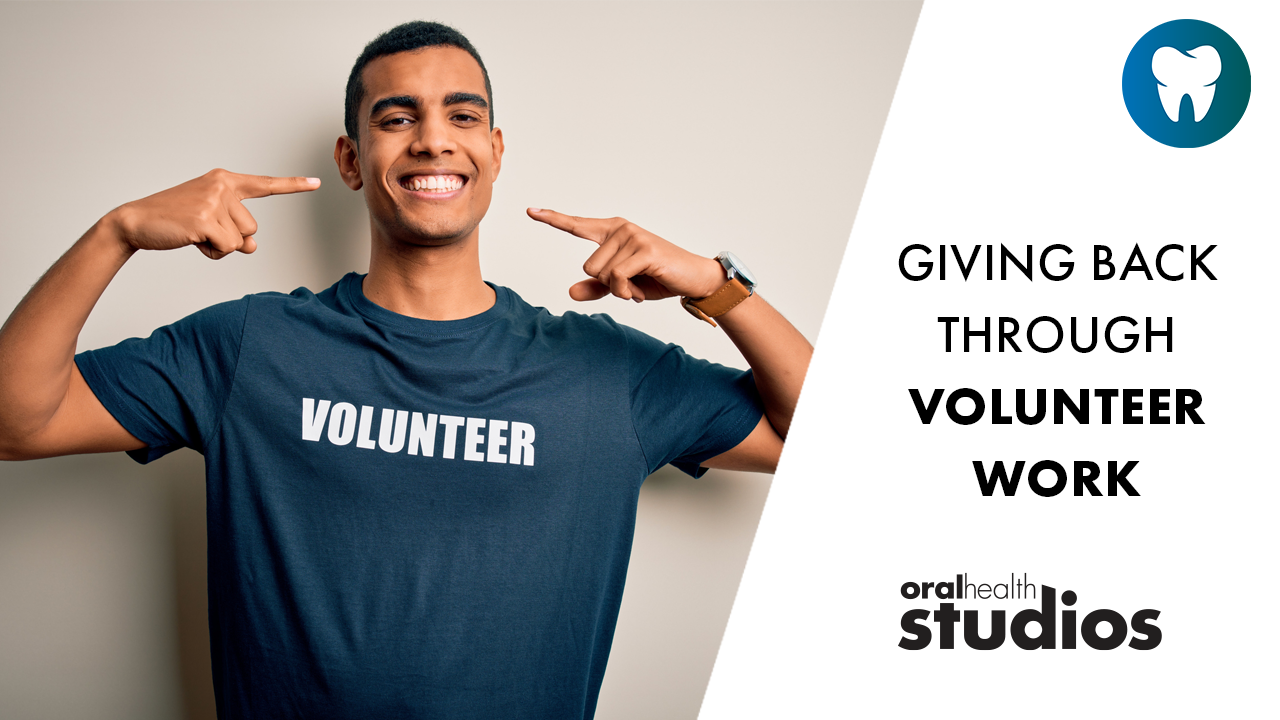Routine and elective dentistry came to a screeching halt in March. Across the country, we sheltered in place, waiting for the storm to pass. Fortunately, Phase 1 of the COVID-19 pandemic is behind us. Now, it is time to get back to work, but dentistry has changed. Although this crisis began abruptly, public health experts are warning that it will be a long time before we get back to our old ways. As members of the dental profession, we must adhere to the new normal.
Regardless of whether you find yourself resisting change or embracing it, it is important to place the present moment in context. At the height of the AIDS crisis in Canada in 1995, 1,750 people died. During the worst four years of the AIDS crisis (1991-1995), 6,263 people died. In contrast, it took COVID-19 just two and a half months to surpass that amount. Many question whether public health authorities overreacted to COVID-19. Instead of engaging in that debate, dentists should focus on infection prevention and control (IPAC). Routine precautions are very effective, but this is not a routine time.
IPAC begins before the patient arrives at the office
Because the best way to prevent the spread of COVID-19 is to minimize opportunities for transmission, effective staff and patient screening must be the first line of defense. Staff and clinicians should regularly self-monitor for COVID-19 symptoms and report those to their practice manager or practice principal. Any dental team member who is sick should stay home, and as a healthcare worker, should seek testing for COVID-19.
Having each dental team member sign a daily oath that they are free from COVID-19 risk factors and symptoms demonstrates the seriousness of the matter and should be implemented. In areas with active community transmission, office managers should record the temperature of each team member at the beginning and end of each shift.
On the patient side, all patients scheduled to attend a dental clinic should be screened first on the telephone to determine the nature of their clinical need and whether it can be successfully managed using teledentistry. Many dental regulatory authorities have provided guidance on the effective use of virtual care during the pandemic. Even with its limitations, teledentistry should continue to play an important role in prescreening patients and reducing the number of non-essential dental office visits, at least until community spread of COVID-19 no longer poses a public health threat.
The risks of COVID-19 are not static and each person is unique
Screening alone cannot prevent pre-symptomatic or asymptomatic transmission. Knowing the local prevalence rate of COVID-19, therefore, is critical to an effective risk management program. Dentists are community-based healthcare professionals, and as such, have an obligation to follow the ebbs and flows of the virus carefully. Dentists should also know if their patients are at high risk for severe outcomes from COVID-19. When prevalence rates are high and patients are more likely to be vulnerable to COVID-19, dentists should consider whether elective treatments may be postponed. Regardless of whether non-essential treatment is permitted, the patient’s health and wellbeing should always be the number one priority.
Social distancing does exist in dentistry
It’s been said that social distancing doesn’t exist in dentistry. I understand the statement, but it fails to account for all the things beyond clinical care that take place in a dental office. In waiting rooms, reception areas, staff lounges and steri-centres, social distancing is perhaps the most effective measure against the virus. Pre-procedural rinses, dental dams, HVE and PPE all make it very unlikely that a dentist or CDA will catch COVID-19 from a patient. It is, perhaps, more likely that one staff member may infect another, especially if they let their guards down. With that in mind, there are many administrative controls that can reduce the likelihood of transmission that have nothing to do with AGPs, HEPA filters or N95s. Options for social distancing are numerous in dentistry. To name just a few, staff meetings and morning huddles can occur remotely, clinic hours can be extended to limit the number of people in the office and waiting rooms can become virtual.
Screening and social distancing measures checklist:
- Continue to use teledentistry to triage and manage patients where appropriate and expand upon its use with new technologies
- Screen patients and team members for COVID19, remotely as well as at the clinic
- Patients temperatures should be recorded prior to commencement of any dental procedure and recorded
- Scheduling should be adjusted to maximize social distancing and to reduce the chance of patient-to-patient transmission. The beginning and end of patient visits should be staggered
- Crowding in dental waiting rooms should be kept to the minimum with patients encouraged to wait in a safe location outside the clinic for the operatory and team to be prepared
- If possible, patients (and/or their Guardian) should check-in from their phone prior to arrival and wait in a safe place outside the office until the operatory is ready for the patient
- Direct patient traffic within the clinic. Patient should:
- Be received at the door
- Directed to perform hand hygiene and wear a mask
- Proceed directly to their operatory
- Any escort should perform hand hygiene and wear a mask
- In clinics with open concept operatories, appointments should not be scheduled in adjacent operatories
- Future appointments, whenever feasible, should be scheduled by telephone
- Payment of any fees should be conducted in a manner that minimizes possible contamination
Don’t forget to review your College’s COVID-19 resources page for a full list of measures and standards. The steps listed above are intended to help make your practice safer, but it is not meant to be at all comprehensive.
About the Author
 Julian Perez is the Vice President of Compliance & Risk Management at dentalcorp and is responsible for the development, implementation, and oversight of company-wide standards, programs, and systems to support practices in the delivery of optimal patient care. Julian has a robust legal background having worked for a Wall Street law firm in Manhattan as well as a professional liability program providing malpractice defense to over 10,000 dentists. Julian holds a bachelor’s degree from Yale University and a juris doctorate from Columbia University’s School of Law.
Julian Perez is the Vice President of Compliance & Risk Management at dentalcorp and is responsible for the development, implementation, and oversight of company-wide standards, programs, and systems to support practices in the delivery of optimal patient care. Julian has a robust legal background having worked for a Wall Street law firm in Manhattan as well as a professional liability program providing malpractice defense to over 10,000 dentists. Julian holds a bachelor’s degree from Yale University and a juris doctorate from Columbia University’s School of Law.










